SEMANTEER
Our product line for search & intelligence
The Semanteer platform provides an advanced, scalable framework for collecting, extracting, enriching and searching data, facilitating the configuration, management and monitoring of all framework components that best fit your business needs and organizational settings.
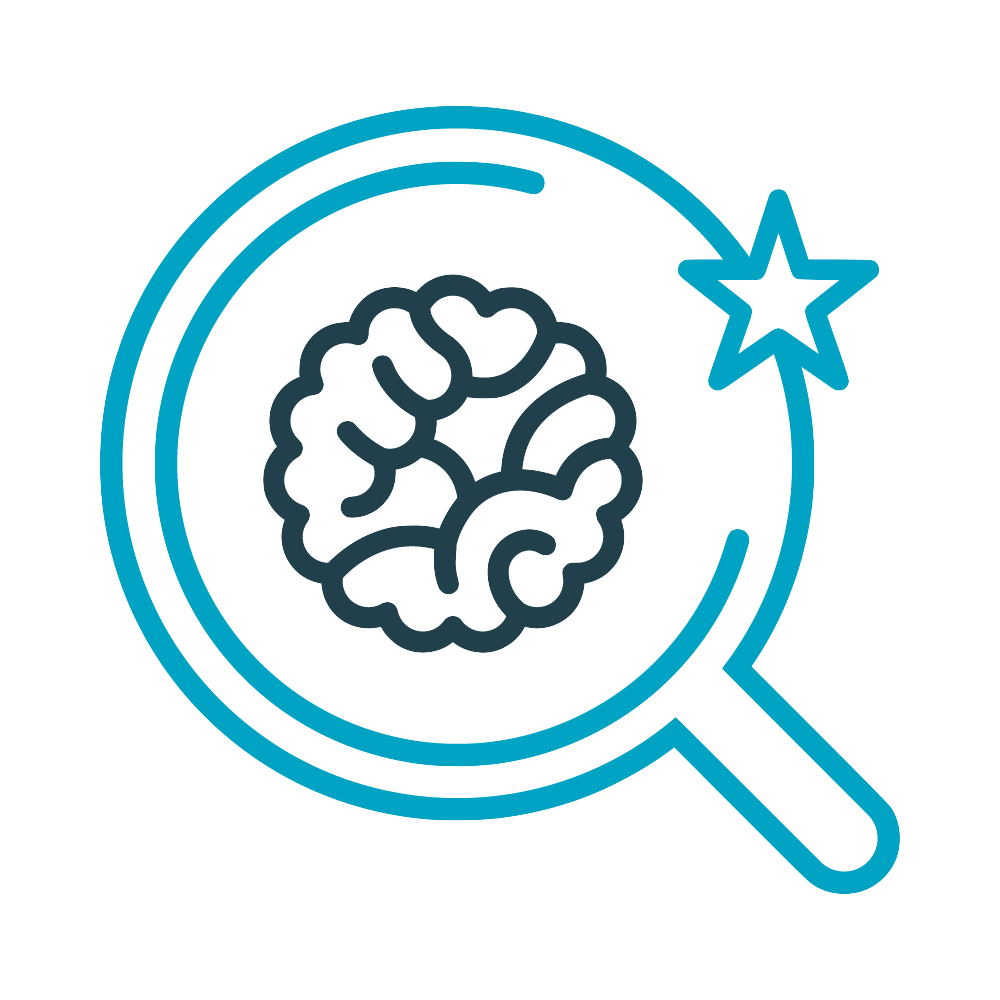
Semanteer search
Intelligent auto-completion
Get hold of your users already in the search box through an intelligent auto completion of words and phrases as well as suggestions of results accompanied by additional attributes and thumbnail images..
Fault-tolerant auto-completion
Allow your users to make mistakes. An intelligent fault-tolerant auto-completion forgives typos, such as swapped characters or spelling mistakes, and corrects them on user input. In the search results’ page “Did you mean…”- suggestions can be offered.
Faceting and filtering
Define facets and filters for attributes and categories for your content types such as popularity, price, brand, etc. Dynamic filters allow users to refine results and thus reach their target faster.
Synonyms and query expansion
Make use of standardized “dictionaries” such as to enable your users to always find matching results by synonyms, correcting search terms or using more general terms.
Advanced Geo-Search
Go beyond a simple radial search for results “near by …” or “in our vicinity” and surprise your users with an advanced geo-search experience, allowing them to find cabins alongside a mountain path or hotels near the coastline of a lake.
Auto-filtering and auto-boosting
Categories and attributes in search queries are automatically identified, whereby matching results can either be weighed higher or the matching filters can be activated accordingly.
Context-sensitive Search
Enhance search quality and efficiency by incorporating factors that will allow you to adjust the search to the respective context such as from where the search was initiated (e.g. which website or category, etc.) or whether the user is using the search on his desktop computer or on his mobile phone.

Semanteer intelligence
«Tailor everything to your users’ needs»
Personalized content
Generated user profiles combined with semantic findings extracted from content can be used to personalize content during the search as well as beyond – for independent applications.
Semantics
Delivery of sophisticated search results, making use of the semantic information automatically extracted from metadata or directly from unstructured text, such as the identification of persons, locations, products and their attributes, and much more.
Built-in Artificial Intelligence
By means of Semanteer’s built-in AI, users actions providing implicit information about how relevant suggestions are to specific contexts are being analyzed and the ranking of results is adjusted accordingly. The system self-improves while in use and the most relevant content is automatically promoted over time
Automatic categorization
A variety of techniques – from simple keyword matching all the way to natural language processing – facilitates the automatic categorization of your content, so that the derived categories can in turn be used for faceting and filtering, navigation, boosting and much more.
Knowledge graphs
Structured representation and visualization of the semantically extracted, enriched data through knowledge graphs, in order to better interpret the users’ search requirements and to deliver highly relevant and structured results with razor-sharp accuracy.
Unique business benefits
Index everything from everywhere
Make use of best-of-breed search features
From installation to searching in minutes with our out-of-the-box search UI
Easy integration into your IT systems with our APIs and libraries
In-depth analysis and insights of users’ search behavior
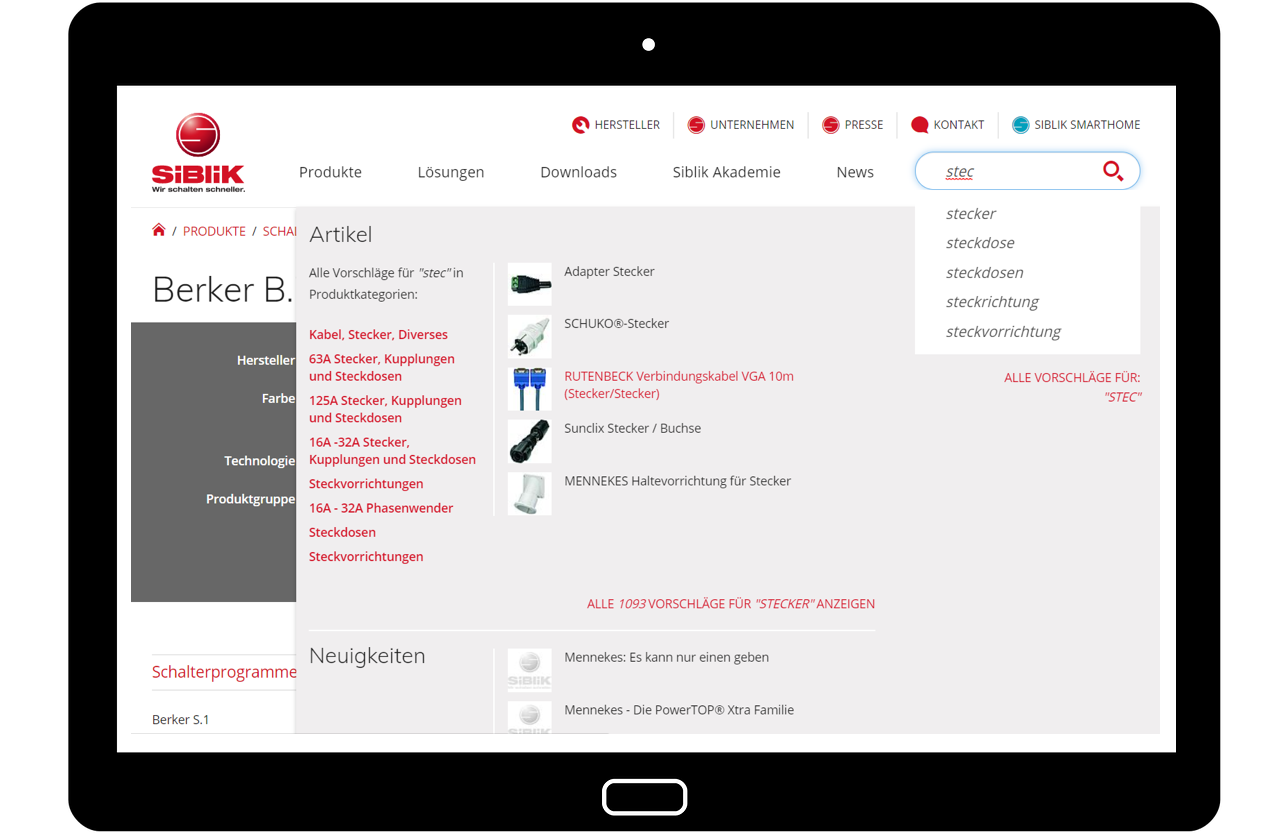
Fault-tolerance auto completion
A feature that users have come to expect and often heavily rely on (due to uncertainty about a search term in whole or just its spelling) is the automatic completion of partial search terms or spelling suggestions of misspelled words with suggestions of possible, meaningful full words and phrases.
Semanteer supports a wide range of algorithms and approaches to extracting such suggestions, including:
- Indexed categories and product or solution names to better match the search domain (e.g., in an online shop, autocompletion can be configured to suggest full product names or product categories)
- Frequently or recently used search terms
- Specific to the search domain curated thesauri
- Delivery of information on what was “wrong” with the original search term(s) (“Did you mean…?” suggestions) and how many results they would have resulted in
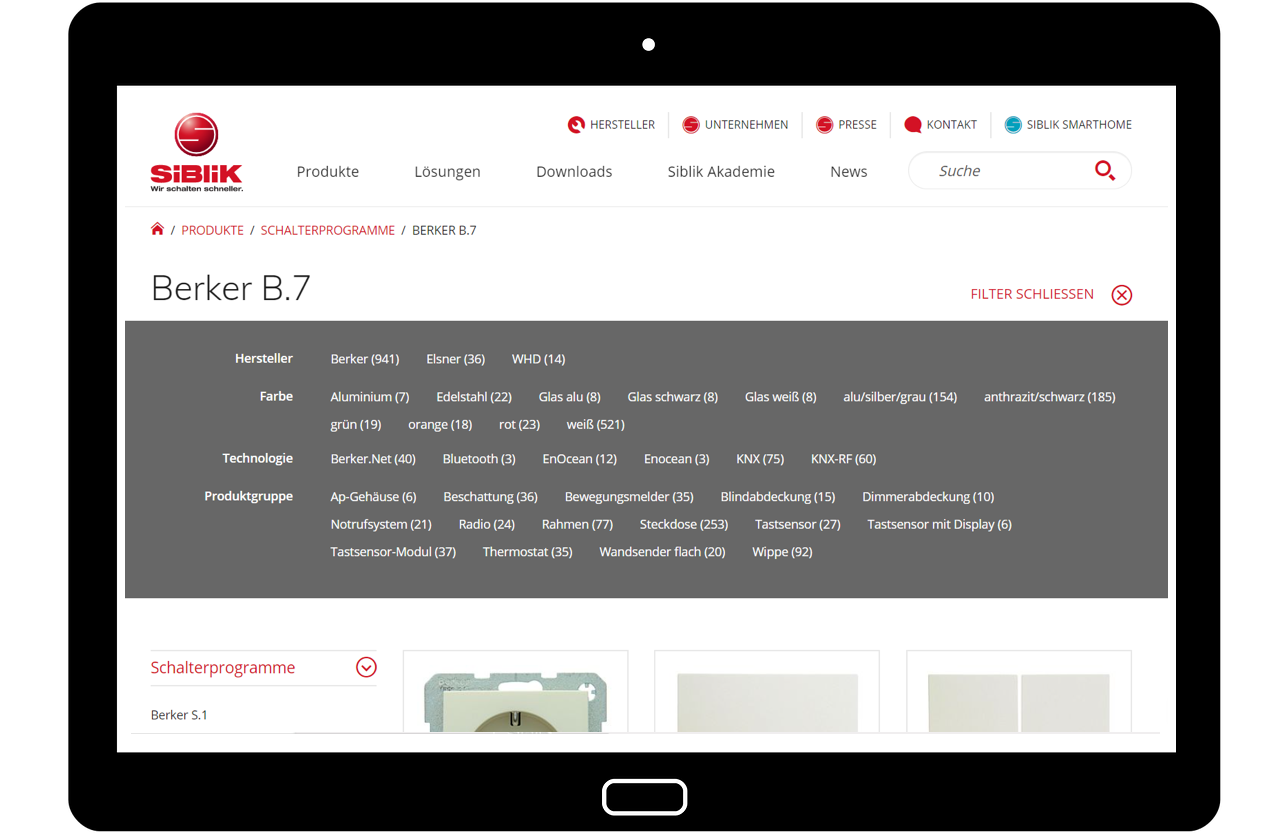
Categorization and filtering of results
Language is often ambiguous and words and phrases may appear in different contexts, different sources, and certainly a multitude of documents. To make it easier for users to “drill down” in the set of search results and to narrow down the search space, “facets” of the results can be exposed to, and controlled interactively by, the user. Examples include the source from which a result was retrieved, the type of document, the language used, etc.
In more structured domains, the categories and filtering capabilities may be directly related to rich “attributes” of the results. For example, in an online shop these may include product type, price range, availability, etc. Our platform also readily supports the “progressive disclosure” of facets on the basis of their relevance to the currently applied filters. For example, facets related to shoe sizes available are only shown when the user has narrowed down their search to shoes.
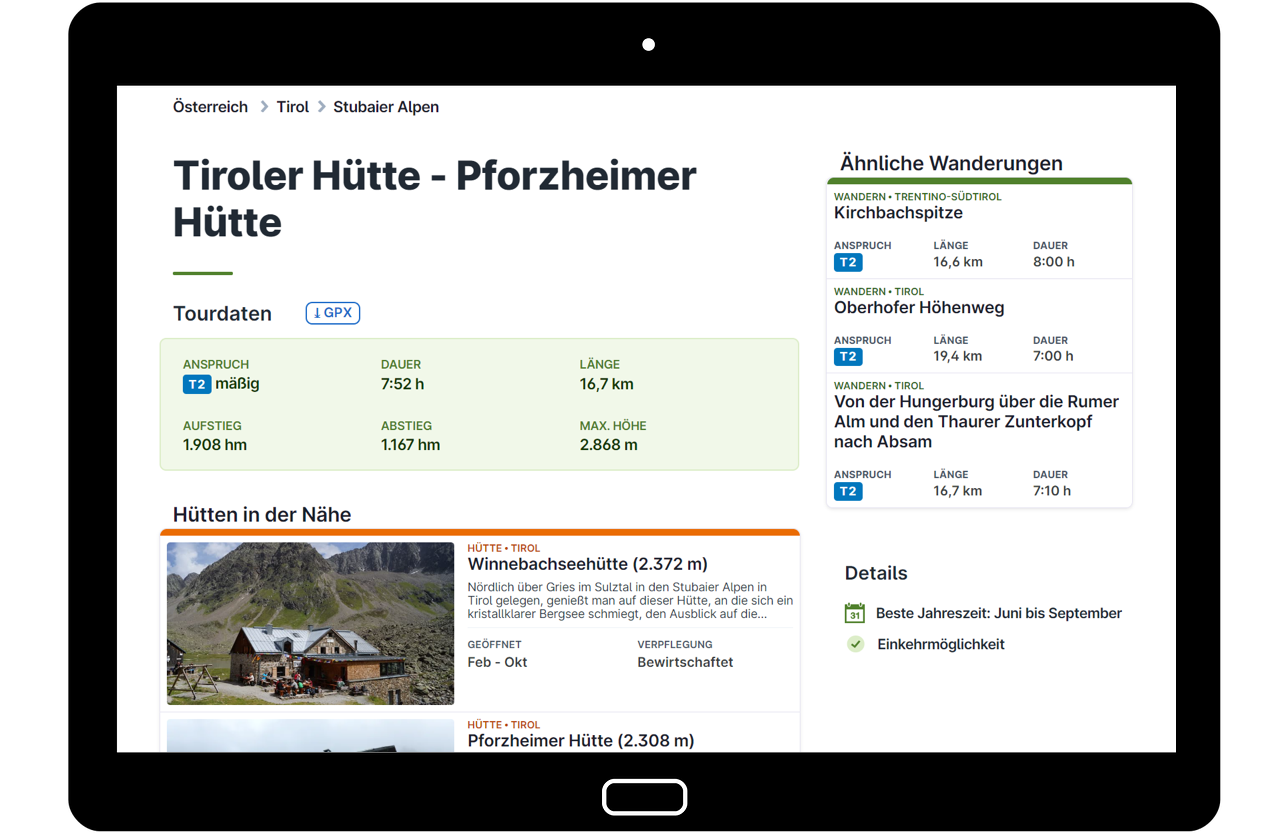
Recommendation and personalization
«Deliver relevant content even before users search for it»
Semanteer supports feature-based recommendations as well as collaborative filtering and offers tools to:
- determine how the features and attributes of content correlate
- capture expertise in different ways and formats and use it to influence search relevancy
- collect user interactions and trace hidden connections between users and content,
so as to deliver accurate and powerful recommendations, tailor-made to the application domain or especially tailored to the users’ interests and preferences.
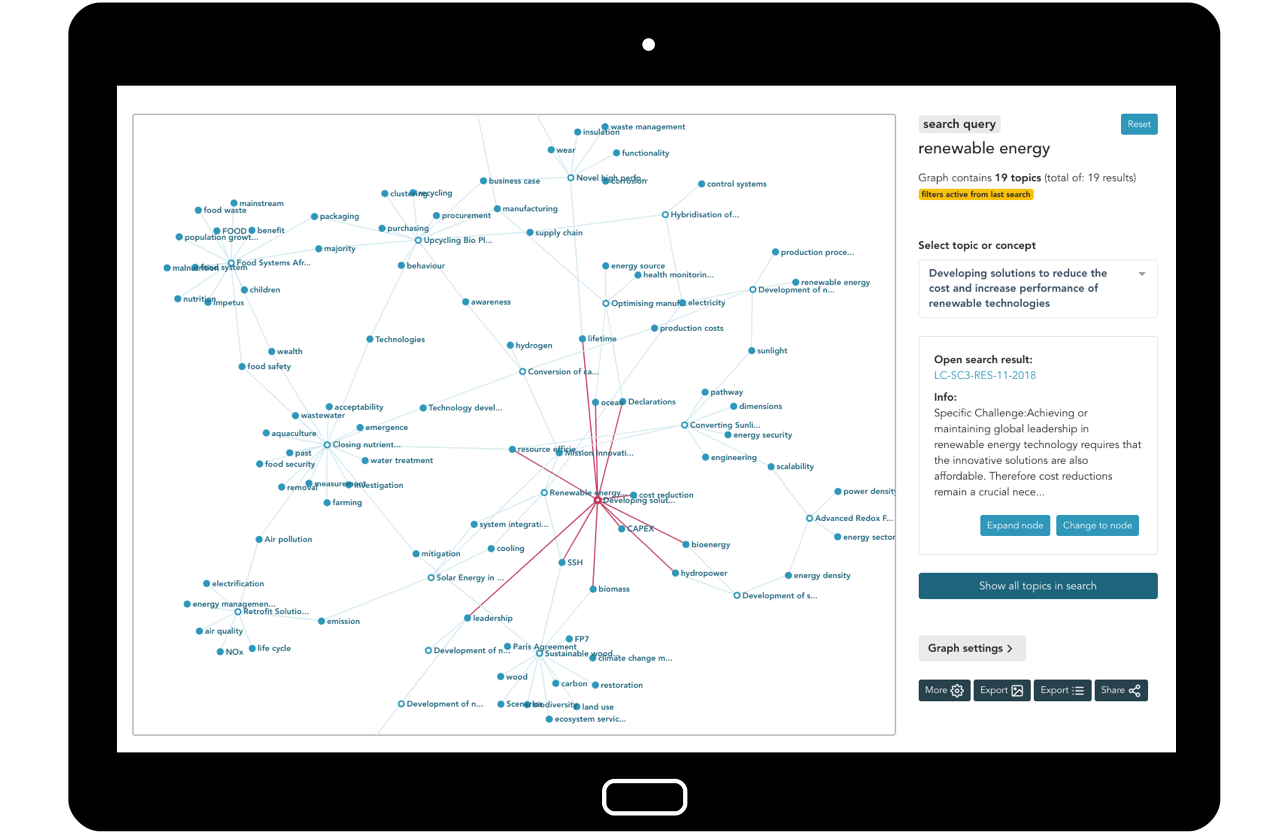
Extraction and usage of semantic information
Semantic metadata, which bestow “meaning” to content elements (e.g., elements of an address, name and function of an employee in a company, etc.) or “connect” pieces of content to entities or concepts (e.g., to indicate the creator of content, express social relationships between people, specify the details of a software project, etc.) are seamlessly extracted and structured.
Cross-ontology concept mapping and linking facilitates the generation of knowledge graph linking documents and concepts, while documents are enriched with additional data pulled from the ontologies.
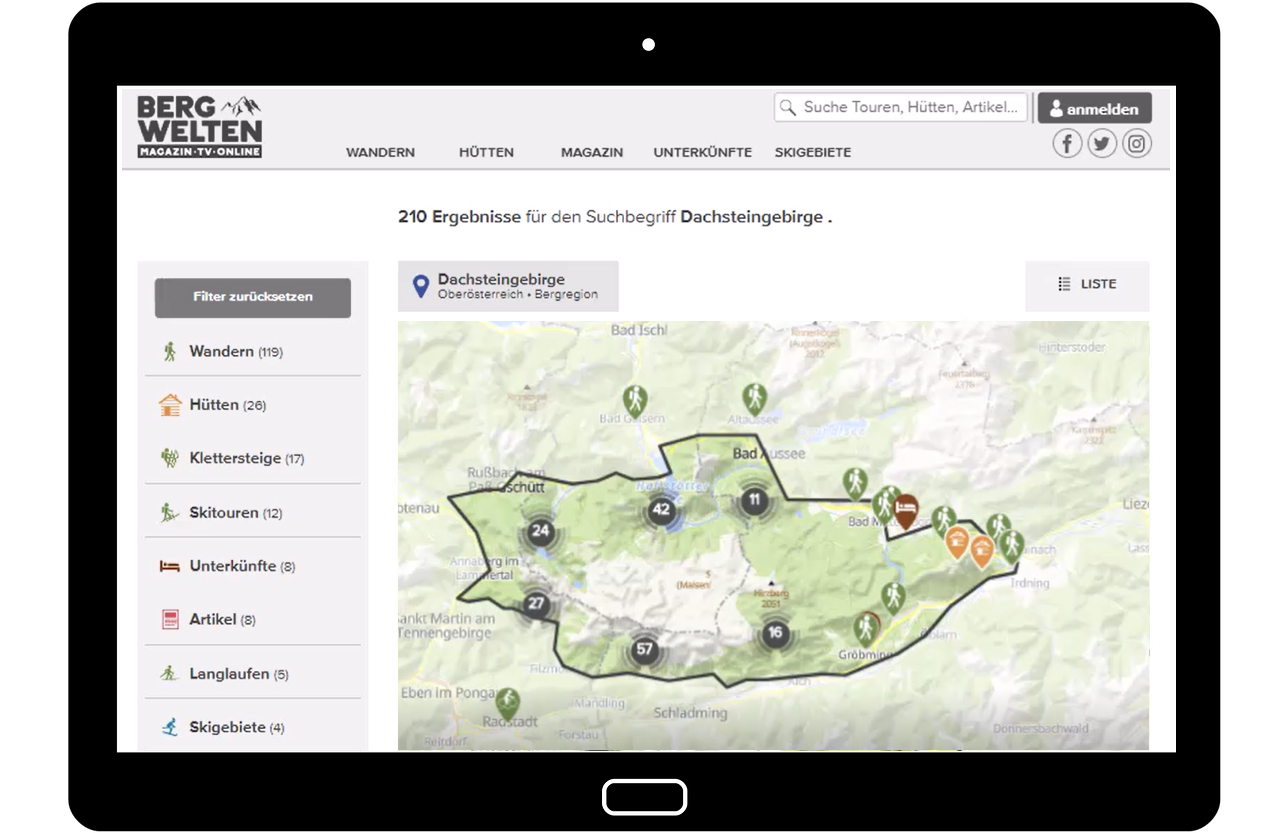
Advanced geographic search
In some search domains, the physical location of things play a very significant role. Examples include finding a particular type of shop in your area, or the closest outlet of a chain, noteworthy sites in a city, cabins alongside a mountain path or hotels near the coastline of a lake, etc.
To satisfy the needs of such domains we provide advanced geo-location based search features, coupled with advanced interactive front ends, that can be based either on the popular Google Maps, or the OpenStreetMap open and free map database.
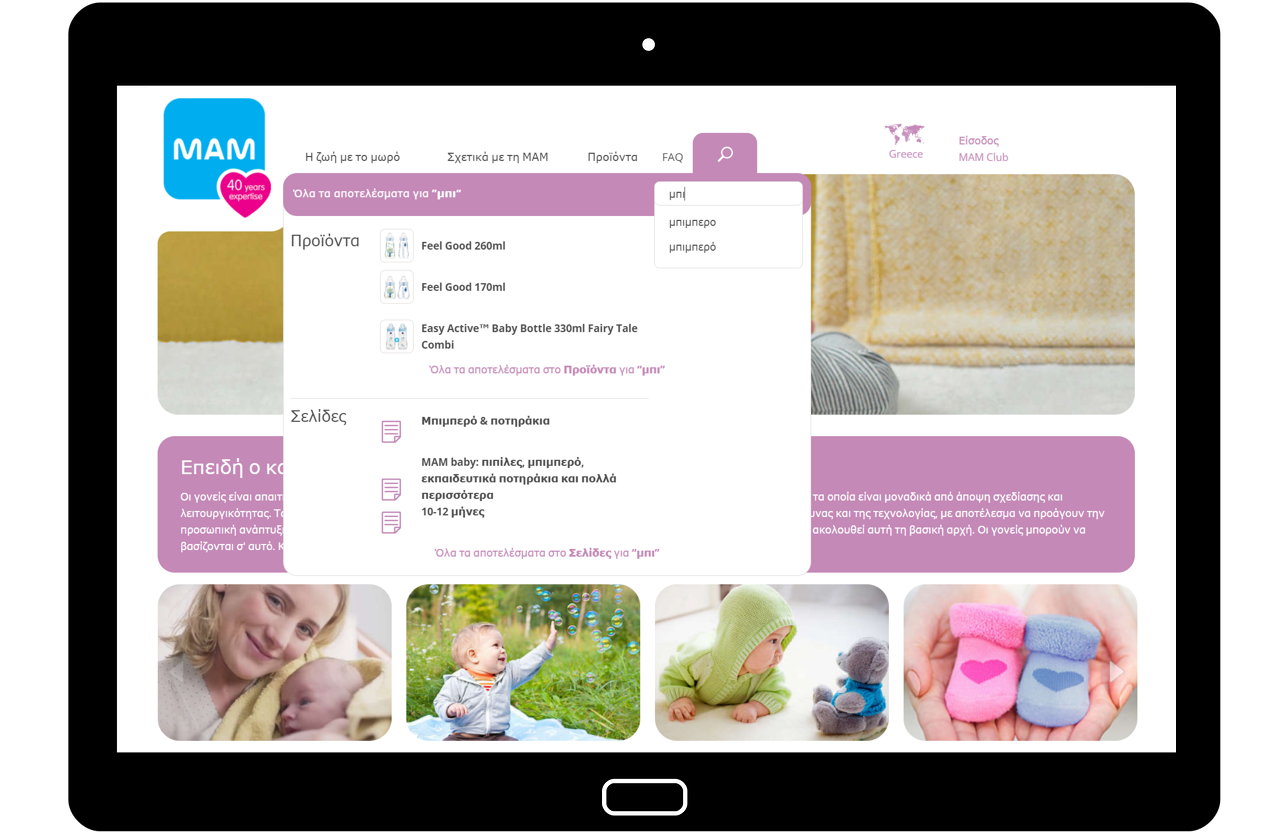
Language sensitive text analysis and indexing
More than 50 European and Asian languages can be reliably detected in extracted text, with precision reaching levels above 99% for texts that have at least a few sentences. Multiple languages used in the same document / page can also be detected. Once the language (or languages) of text is known, it becomes possible to perform language-specific analysis on it. Examples include:
- handling of special characters in the language
- word stemming
- expansion of terms with language- or application domain- specific synonyms, either from simple synonym lists, or from full-featured externally maintained thesauri


